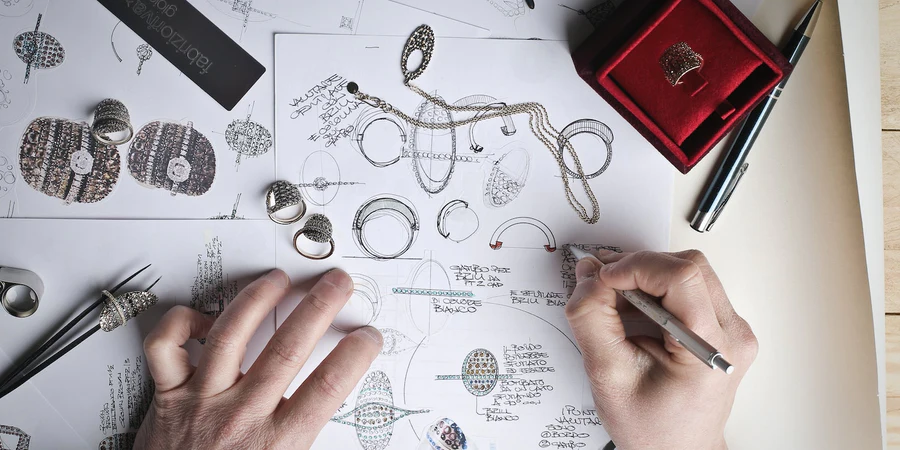Product Functionality vs. Product Design Aesthetics – Should It Be a Debate?
Sometimes, product designer engineers face a difficult conundrum. Do you prioritize functional product design or aesthetic product design?
Interestingly, the conversation around these two topics tends to consider them opposing entities. When, in actuality, they can and should complement each other. If balanced correctly, consumer centric yet functional product design can be achieved.
In this article, you’ll discover why balancing aesthetics and functionality is crucial, important factors to consider when attempting to harmonize the two, and our top tips for implementing the right balance.
The Importance of Balancing Aesthetics & Functionality
Have you ever purchased a product because it looks amazing, but when you use it, it’s terrible?
Take a sofa, for example.
When you look at it, you think it would go perfectly in your house. The design is what you were looking for, it’s the right size, and the color matches your decor.
However, when you sit down, it’s like sitting on concrete. It’s ridiculously firm and uncomfortable.
Would you buy it? Of course not.
This is an example of when product aesthetics and functionality are way out of sync.
To buy the sofa, you need it to look great and be enjoyable to sit on.
The same goes for products that put functionality first.
A smartphone with all the latest technology, cutting-edge features, and the best camera isn’t going to be popular if it looks ugly.
Balance is always best.
When a product designer prioritizes functionality and aesthetics, you appeal to consumers’ practical needs and emotional desires – the holy grail!
Factors to Consider When Balancing Aesthetics & Functionality
Aesthetics and functionality are always important, but you can’t always have it all.
As a product designer, you must decide which to prioritize without neglecting the other. Some factors you will have to consider throughout the process include:
- User needs
- User preferences
- Ergonomics
- Materials
- Production costs
First and foremost, you need to know what your target user’s preferences are.
A prime example of this is the iPhone. It doesn’t boast the best, ground-breaking features in smartphone tech. However, branding and aesthetics mean people return year after year to get the latest version.
However, they don’t and can’t neglect functionality. They keep up to date and continue to advance their hardware and software.
Other balancing acts to consider are ergonomics, materials, and production costs. For a product to succeed, all these elements must fall into place.
You could create the most beautiful and functional design, but if it costs too much to produce, your product won’t be profitable.

There are some instances where selling products at a loss can work in the long run. The PS5 was sold at a loss because it was packed with the latest, most expensive games console tech. However, over time, the cost of parts came down.
Additionally, Sony made a lot of money in after-sales, such as downloadable content and other subscriptions.
Another product that successfully balanced functionality and aesthetics in product design is the Tesla Model S. It brought a minimalistic and premium feel while providing ground-breaking technology that had never been seen in cars before.
Tips for Balancing Aesthetics & Functionality
Start With User Research
User research helps with understanding what your target audience wants and needs is the first step of any product design process.
Taking the time to learn about the problems your target audience faces and what they want from a product will refine your early design concepts, and guide the entirety of the project.
Create Prototypes Early
Early prototyping is the most efficient way to test if your product will actually work. The earlier you do this, the better. You can quickly make changes, test, and iterate without overbearing costs and without wasting time with an idea that won’t work.
It also allows you to hear the thoughts of users and implement their changes.
Use Aesthetically Pleasing & Functional Materials
Materials can make or break the success of your product. Wherever possible, you need to source materials that elevate the look of your product while never compromising its functionality.
Additionally, don’t forget to factor in material cost – this will impact production costs and profitability.
In Summary
Balancing aesthetics and product design functions is a complex process. However, it defines the success of any product designer. If you’re able to create products that catch the eye of your target audience and successfully perform all the functions they need, then you’re on to a winner.
Our team of product design experts is keen to hear about your potential projects, so get in touch today, and let’s get the ball rolling.

